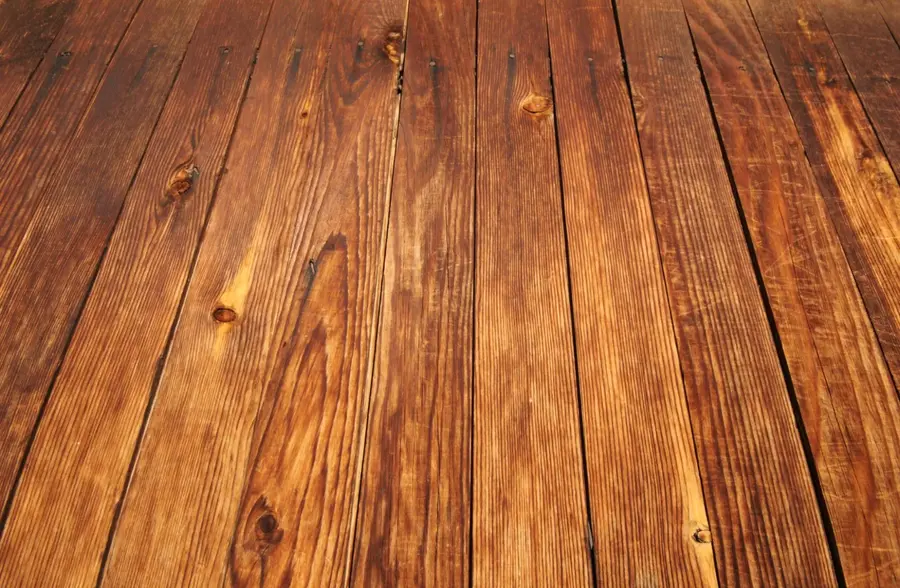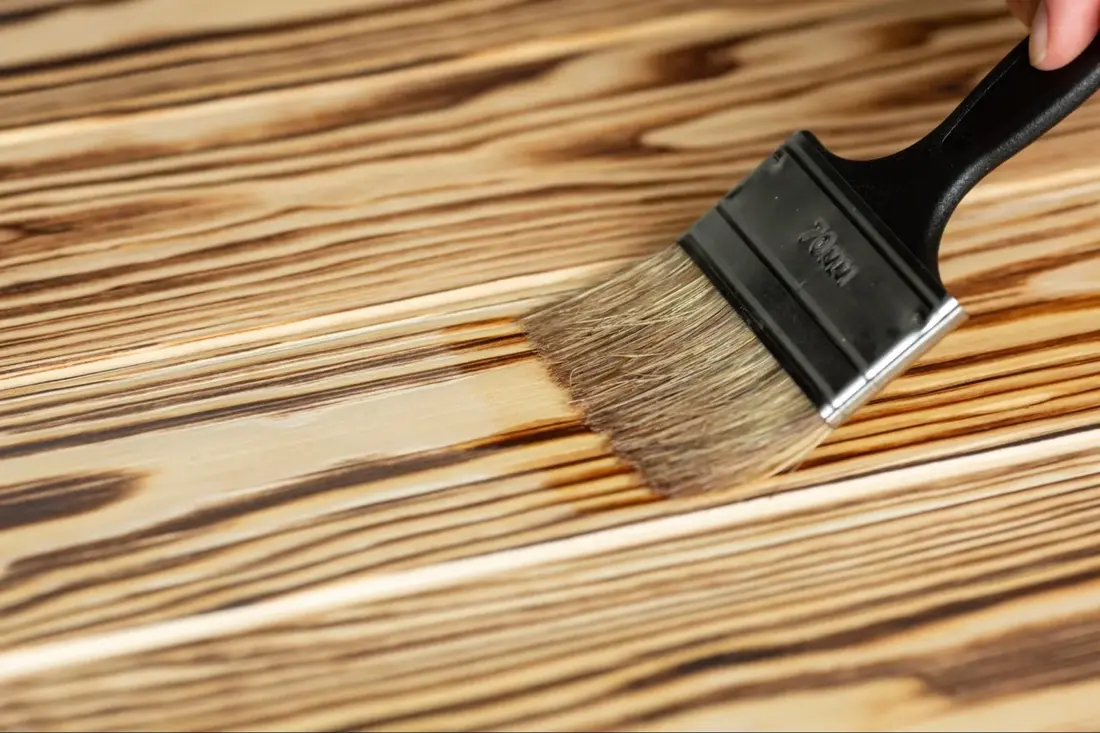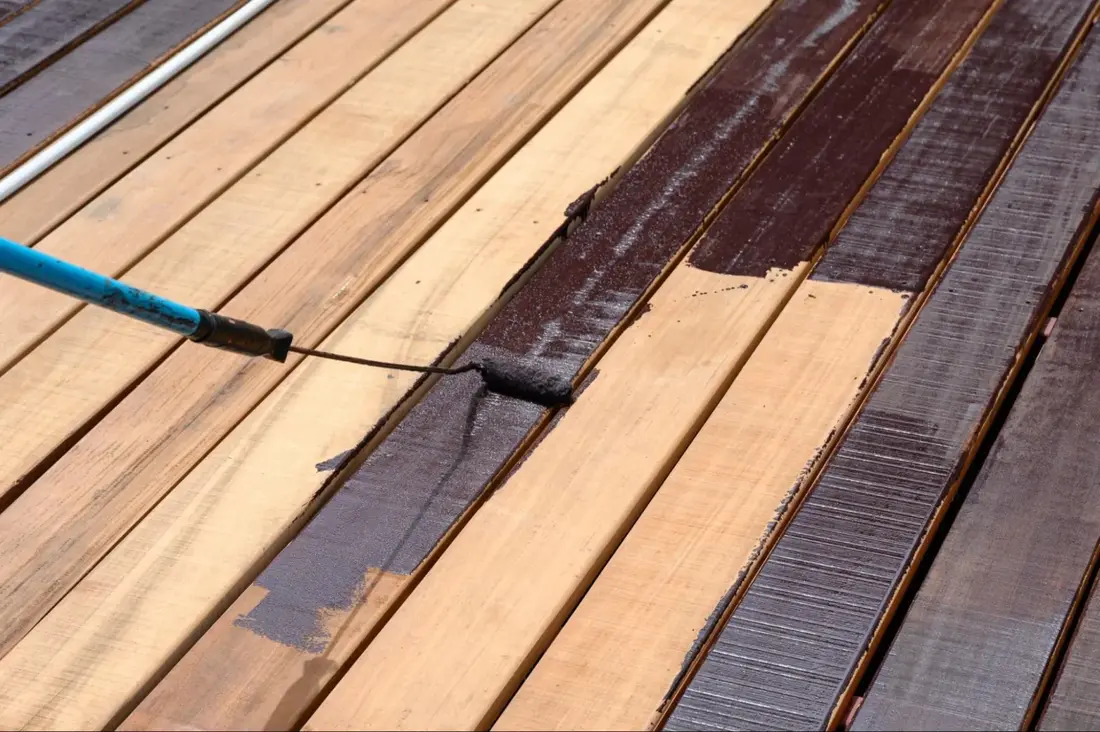
Restoring and maintaining hardwood floors can significantly enhance the beauty and value of your home. Regular cleaning and a proper maintenance routine can restore your hardwood floors in excellent condition for years. This guide will take you through practical steps to bring back the shine and protect your floors from daily wear and tear.
Whether your floors have lost their luster or sustained minor damage, there are effective ways to restore them without sanding. You’ll also learn about the best cleaning agents and techniques to prolong the life of your hardwood. You can tackle this DIY project with minimal effort and the right tools and enjoy stunning results.

Before you start restoring your hardwood floors, it’s crucial to prepare the space properly. This involves removing furniture and fixtures, thoroughly cleaning and checking the floor’s condition, and preparing the necessary tools and safety gear.
Start by clearing the room of all furniture and fixtures. Move furniture, rugs, and any other items to another room. Use felt pads under furniture legs to avoid scratching the floor when moving items. Remove vent covers, baseboards, and any other fixtures that could get in the way.
Use a pry bar to gently lift or remove stuck fixtures. Ensure the room is completely clear to provide an open, safe workspace for the restoration process.
Begin by thoroughly sweeping and vacuuming the floor to remove loose dirt and debris. Use a mild detergent mixed with water or a specialized hardwood floor cleaner to clean the surface. A microfiber cloth or mop can help lift stubborn stains and grime.
Inspect the floor for wear and tear, scratches, and stains. Look for protruding nails and loose floorboards which should be secured. Identifying any significant damage early helps determine whether you’ll need to replace sections of the floor or if sanding alone will suffice.
For sanding, you’ll need a drum sander, edge sander, and possibly a random orbital sander for tight corners. Attach a maroon buffing pad or felt-bottomed attachment for finer sanding. Use tack cloths to remove dust between sanding sessions.
Safety gear is essential. Wear a dust mask or respirator to protect from sawdust. Safety goggles and ear protection are also necessary. Ensure there is adequate ventilation to avoid dust accumulation. Use plastic sheeting to seal off areas and prevent dust from spreading.
By preparing the space with the right tools and safety measures, you create a smooth and safe process for restoring your hardwood floors.

When refinishing and protecting your hardwood floors, you need to carefully choose stains and finishes, apply them properly, and ensure ongoing care. This process helps maintain the floor’s appearance and longevity.
Selecting the right stain and finish is crucial. Stains come in various colors, from natural wood tones to darker shades. Choose a color that complements your space. Oak floors, for example, often look great with a medium or dark stain.
For finishes, you have options like water-based polyurethane, which dries quickly and has low odor, and oil-based polyurethane, known for its durability and rich look. A “poly” finish protects the wood from scratches and gouges.
Pay attention to the manufacturer’s instructions when selecting products. The instructions will provide important details on application and drying times. Ensure that the stain and finish you choose are compatible for the best results.
Before applying the stain, sand the floor to remove the old finish and smooth out any dents or marks. Use different grits of sandpaper for this, starting with a coarser grit and moving to a finer one. Remove all residue with a vacuum and mop.
Apply the stain uniformly using a clean cloth or applicator. Wipe off any excess to avoid uneven discoloration. Allow the stain to dry thoroughly as per the instructions.
Next, apply the finish in thin, even coats. A buffer can be used between coats to achieve a smooth surface. Make sure each layer is fully dry before applying the next. Depending on the type of finish, you might need 2-3 coats for optimal protection.
After the final coat of finish, wait at least 24-48 hours before walking on the floors. Start by wearing socks and keep heavy rugs and furniture off the floor initially. This helps avoid premature marks and gouges.
For ongoing care, use a hardwood floor cleaner and avoid excessive water. Regularly applying wax or polish can maintain the shine. Place rugs in high-traffic areas to prevent wear. Recoating every few years can extend the life of your refinished hardwood floors and keep them looking new.
By following these steps, you can ensure that your hardwood floors remain beautiful and protected for years to come.
Restoring and maintaining hardwood floors can enhance the beauty and longevity of your home’s flooring.
Restoration Tips:
Refinishing involves sanding the surface to remove the old finish and applying a new one. It can make your floors look new again and can be more cost-effective than replacing them.
Staining Advice:
When refinishing, staining allows you to alter the floor’s color. Ensure an even application by using clean rags and allowing the stain to absorb properly.
Whether you are performing minor fixes or a full refinish, proper care will ensure your hardwood floors remain a timeless addition to your home.
For professional flooring repair and maintenance, Kaminskiy Care and Repair has the expertise to restore and improve your hardwood flooring. Contact us today
The most effective way to clean hardwood floors is to use a microfiber mop. Regular sweeping or vacuuming helps remove dirt and debris. Avoid soaking the floor and always dry it thoroughly to prevent water damage.
For deep cleaning, use a wood floor cleaner designed for sealed hardwood floors. Apply the cleaner with a damp mop, ensuring not oversaturate the wood. For stubborn spots, gently scrub with a soft brush.
Avoid using harsh chemicals, acidic cleaners like vinegar, or abrasive scrubbers. These can damage the finish and wood. Never use steam cleaners, as the heat and moisture can cause warping.
You can naturally clean wood floors using a mixture of water and a few drops of mild dish soap. For maintenance, regularly dust mop and use felt pads under furniture to prevent scratches.